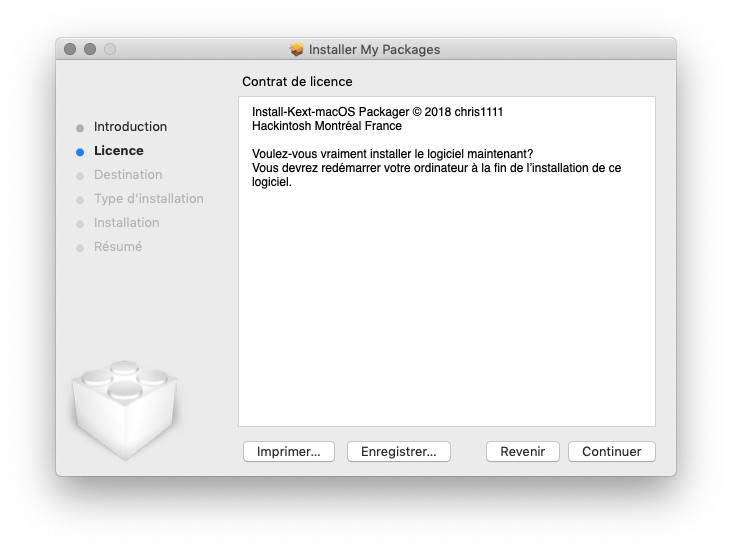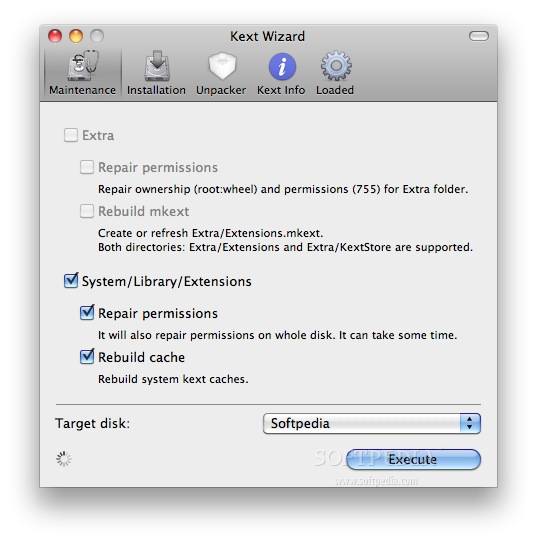
 Change BIOS options to make them as final as possible for you. For T60p the latest version (the one I use as reference) is 2.25, but it's not very different from 2.23, DSDT is the same for both versions. Often BIOS upgrades contain fresh version of DSDT, because it is a part of BIOS. Upgrade your BIOS to the latest version if you haven't already. Custom Mac model in SMBIOS and other information thereīefore you continue with full scale DSDT patching (and all other things) you need to do the following:. Some other things that I'm going to cover here: I've mentioned that DSDT patching is only a part of what we are going to do to achieve as vanilla OSX as possible. But vanilla /S/L/E and minimal amount of custom kexts in /E/E significantly raise your chances of successful update. With hackintoshes one always has to read what other people saying about a fresh system update before proceeding. Of course, since you are not using original Mac, there's no 100% guarantee that any future system updates won't break your setup. And if you put a custom kext to /S/L/E it's hard to find it later if you suddenly need to remove it or change (our memory is a tricky thing).Īs an example, current patched version of IOATAFamily.kext that works well with 10.6.2 is reported to raise kernel panic in 10.6.3 beta, so there you go, already a problem.ĭSDT patching makes your system look to OSX more Mac-like. And you will then need to look for newer versions of those kexts, and also need to remember what you have to patch in /S/L/E.
Change BIOS options to make them as final as possible for you. For T60p the latest version (the one I use as reference) is 2.25, but it's not very different from 2.23, DSDT is the same for both versions. Often BIOS upgrades contain fresh version of DSDT, because it is a part of BIOS. Upgrade your BIOS to the latest version if you haven't already. Custom Mac model in SMBIOS and other information thereīefore you continue with full scale DSDT patching (and all other things) you need to do the following:. Some other things that I'm going to cover here: I've mentioned that DSDT patching is only a part of what we are going to do to achieve as vanilla OSX as possible. But vanilla /S/L/E and minimal amount of custom kexts in /E/E significantly raise your chances of successful update. With hackintoshes one always has to read what other people saying about a fresh system update before proceeding. Of course, since you are not using original Mac, there's no 100% guarantee that any future system updates won't break your setup. And if you put a custom kext to /S/L/E it's hard to find it later if you suddenly need to remove it or change (our memory is a tricky thing).Īs an example, current patched version of IOATAFamily.kext that works well with 10.6.2 is reported to raise kernel panic in 10.6.3 beta, so there you go, already a problem.ĭSDT patching makes your system look to OSX more Mac-like. And you will then need to look for newer versions of those kexts, and also need to remember what you have to patch in /S/L/E. 
Yes, they work in a given OSX version, but when Apple releases an upgrade, all patched kexts in /S/L/E are overwritten and some kexts in /E/E might stop working or even raise kernel panics.

The problem with patched kexts is that they are not upgrade-proof. So, let me start with a brief explanation why should you bother with that DSDT patching and entirely 100% vanilla /S/L/E folder when there's a bunch of guides with patched kexts available, which work without too much hassle. It can be stored in both /E/E and /S/L/E, but in the latter case it doesn't replace anything. Custom kext - a kext that is not a part of original OSX package.Usually stored in /S/L/E replacing original kext. You can either modify some xml settings or patch the binary code. Patched kext - original system driver that is modified to work for us./Extra/Extensions (further /E/E) - a separate folder for custom kexts to separate them from vanilla kexts./System/Library/Extensions (further /S/L/E) - system folder with all OSX kexts.kext "extension" containing xml and binary files. Kext - kernel extension or a driver in the world of OSX.







 0 kommentar(er)
0 kommentar(er)
